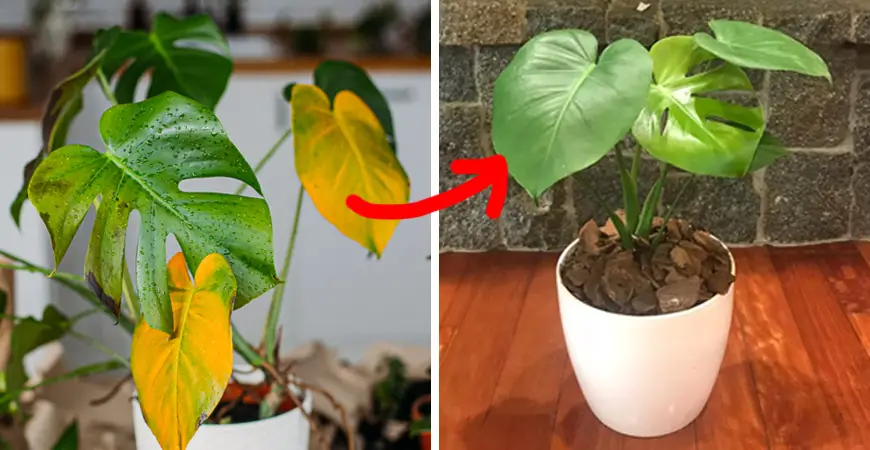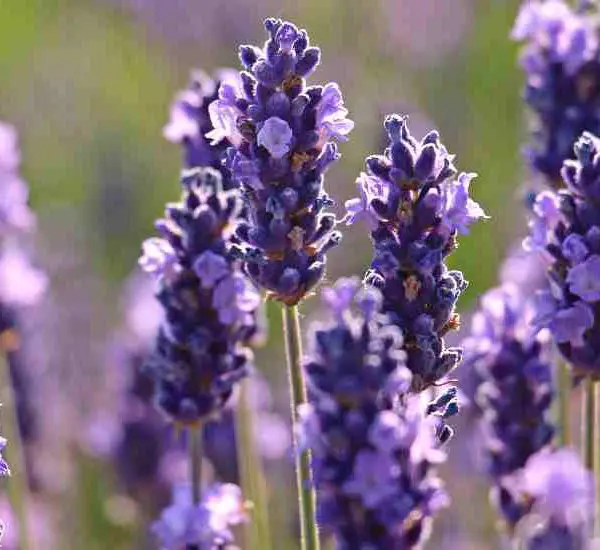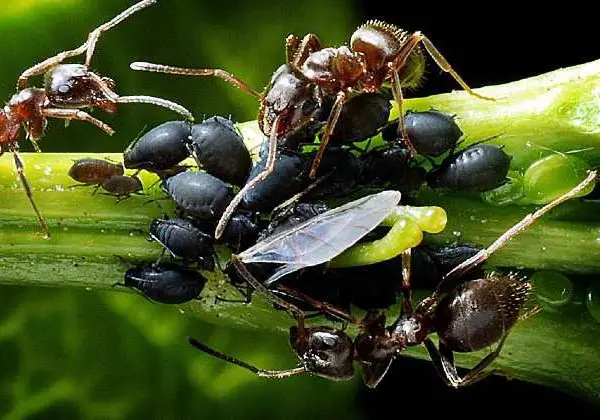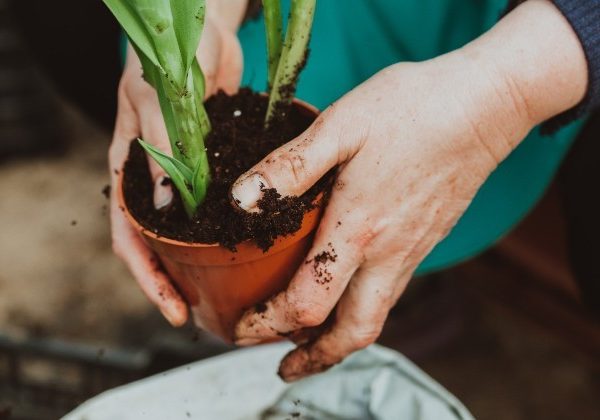Yellowing leaves, known as chlorosis, can signal various issues with your plants. While some color change can be natural, such as seasonal changes or energy directed towards fruit production, persistent yellowing often indicates underlying problems. Here are five common causes of yellowing leaves and how to address them:

1. Lighting Issues

Cause: Plants can turn yellow due to improper lighting. Too much direct sunlight can scorch the leaves, causing them to turn yellow and eventually brown. Conversely, insufficient light can lead to pale, weak growth as the plant struggles to photosynthesize.
Solution:
- For Too Much Light: Move the plant to a location with indirect light or provide some shade to protect it from harsh sunlight.
- For Too Little Light: Increase the light exposure by placing the plant closer to a window or using grow lights to supplement natural light.
2. Irrigation Problems
Cause: Both overwatering and underwatering can lead to yellow leaves. Underwatered plants often exhibit dry, yellowing leaves as they conserve moisture. Overwatered plants may show yellowing due to root rot, often caused by poor drainage.
Solution:
- For Underwatering: Water the plant thoroughly when the top inch of soil feels dry. Ensure you’re following the specific watering needs for your plant.
- For Overwatering: Check the pot for proper drainage and adjust your watering schedule. Let the soil dry out between waterings. Adding gravel or sand to the soil can improve drainage.
3. Lack of Iron

Cause: Iron deficiency results in yellow leaves with green veins, a condition known as iron chlorosis. This typically occurs when the soil pH is too high, preventing iron absorption.
Solution:
- Use iron chelate or an iron-rich fertilizer to correct the deficiency. Iron chelate helps balance the pH and improves iron availability.
- For plants that prefer acidic soils, such as azaleas, use appropriate acidic soil or amendments to lower the pH.
4. Lack of Nitrogen
Cause: Nitrogen deficiency leads to yellowing of older leaves, as nitrogen is crucial for chlorophyll production and leaf growth. Plants lacking nitrogen will show slow growth and pale leaves.
Solution:
- Fertilize with Nitrogen: Use a balanced fertilizer or one specifically high in nitrogen to provide the necessary nutrients. Follow the instructions for application to avoid over-fertilizing.
- Regular Feeding: Ensure your plant receives regular feedings according to its needs, especially if it’s in a pot where nutrients can deplete quickly.
5. Root Bound Plants

Cause: When a plant becomes root bound, its roots outgrow the pot and begin to come out of the drainage holes. This restricts growth and nutrient uptake, leading to yellowing leaves.
Solution:
- Repot the Plant: Transplant your plant into a larger pot with fresh soil. Ensure the new pot has good drainage and provides enough space for the roots to expand.
- Check for Roots: Regularly inspect your plant’s roots if you notice signs of being root bound, and repot when necessary to prevent stunted growth.
By addressing these common issues, you can often restore the health and vibrancy of your plants. Regular monitoring and proper care are key to preventing yellowing leaves and ensuring your plants thrive.



